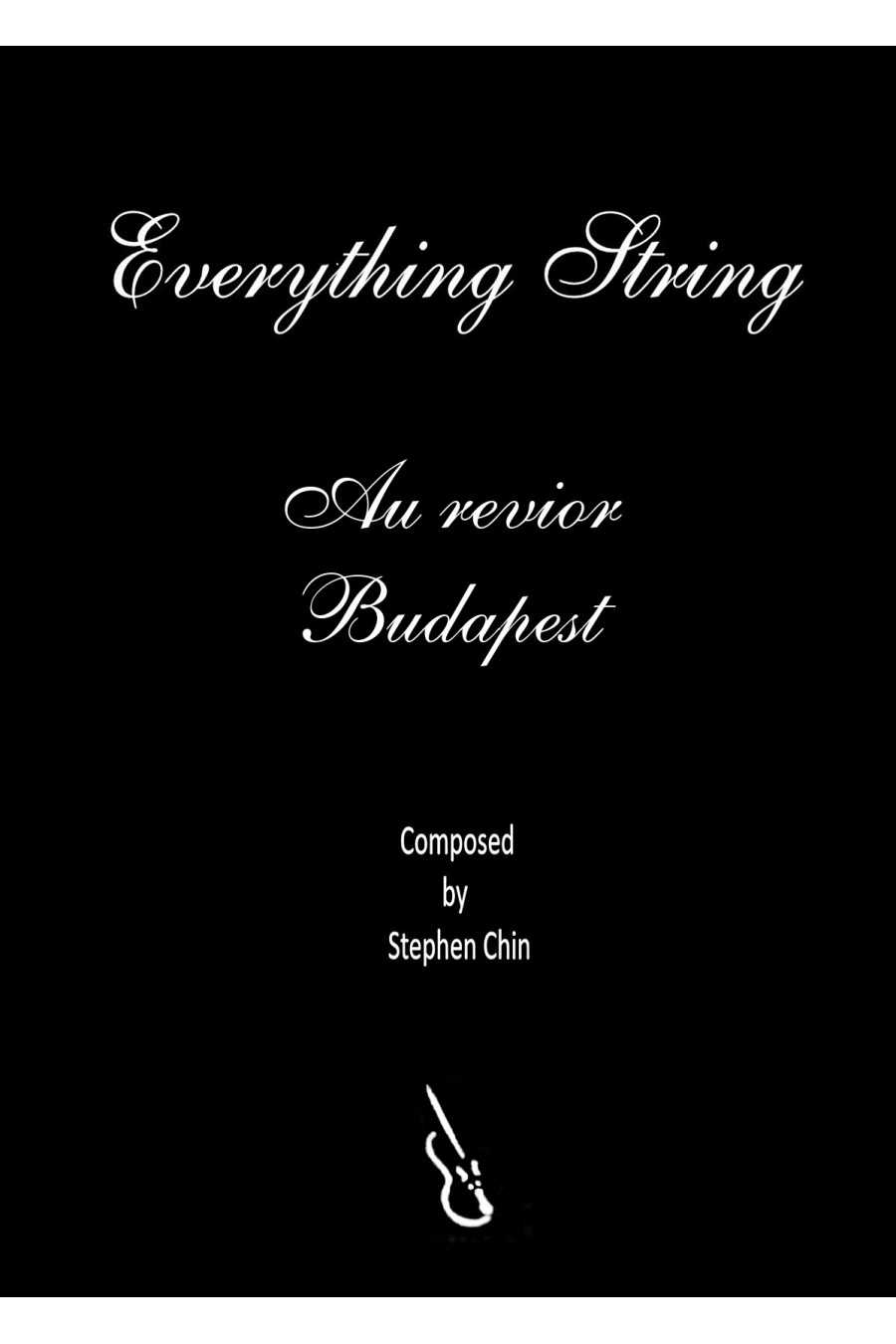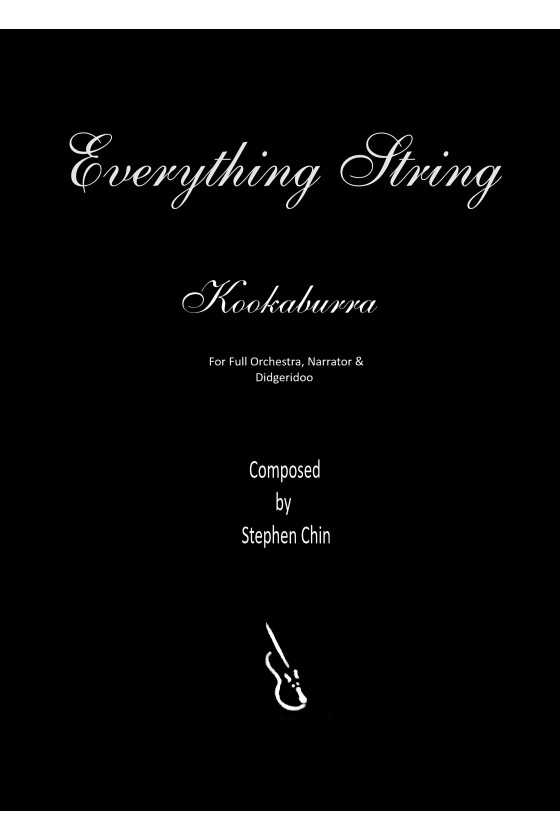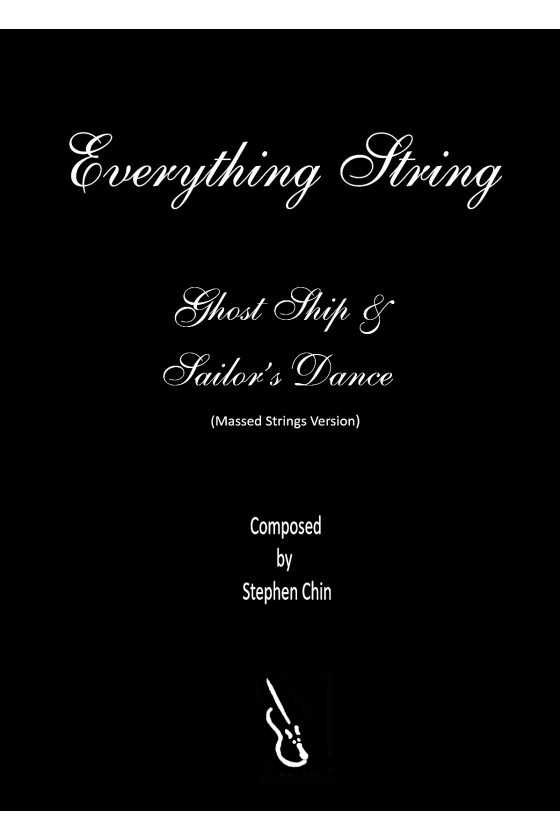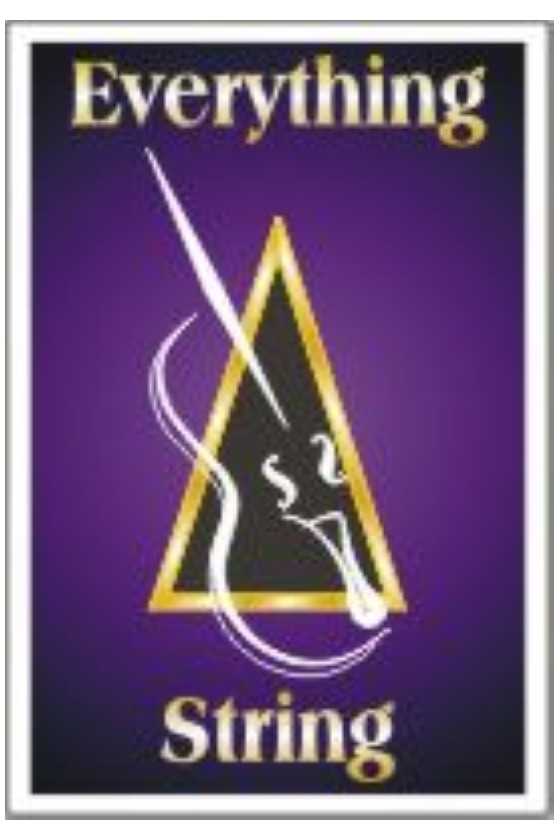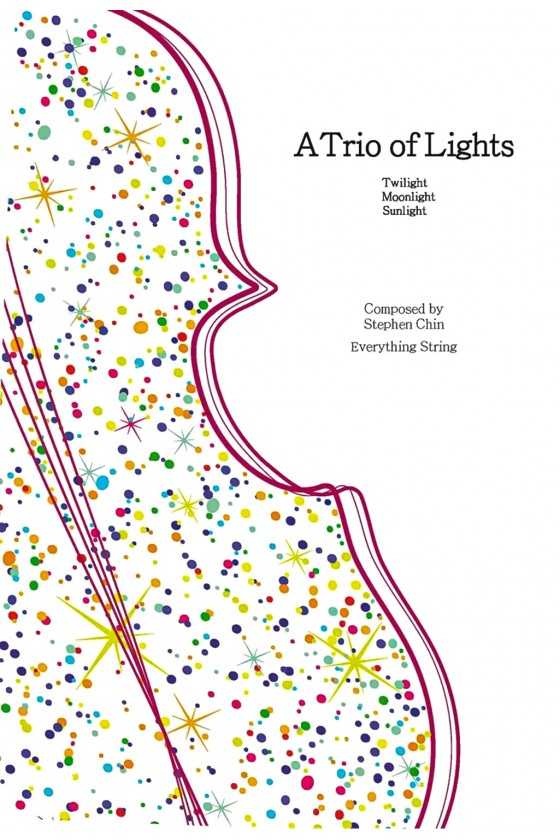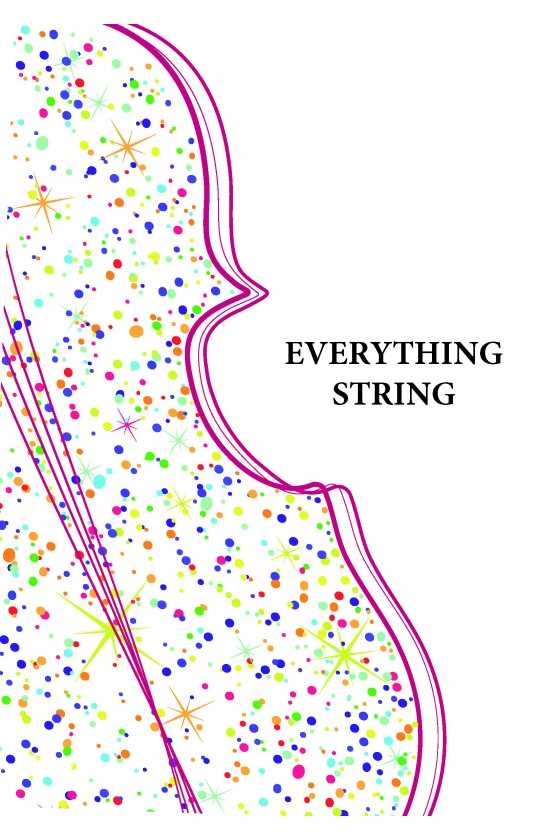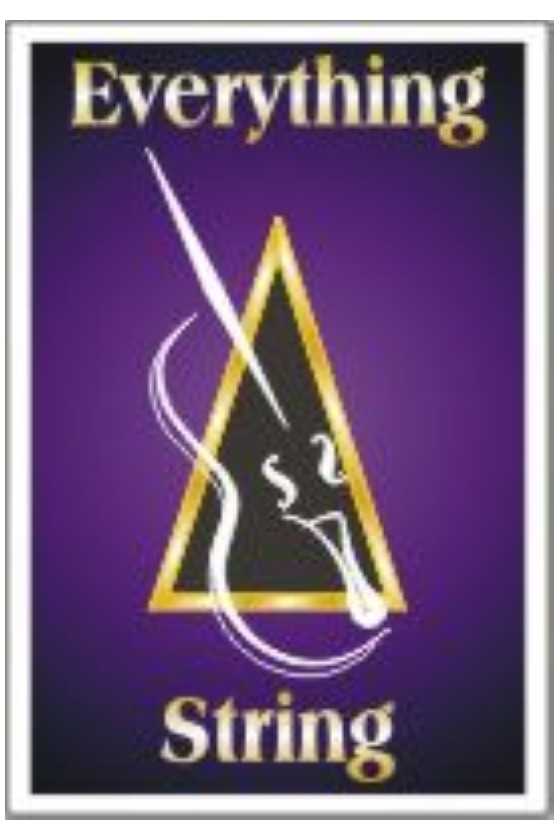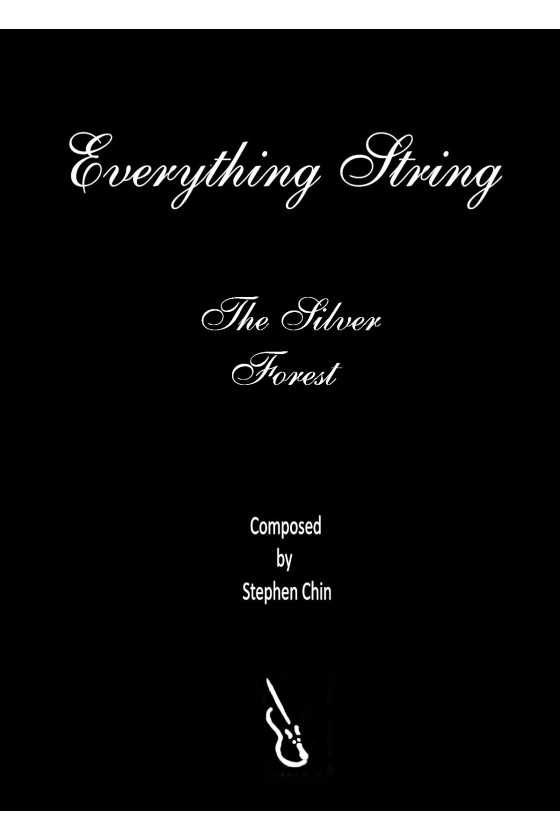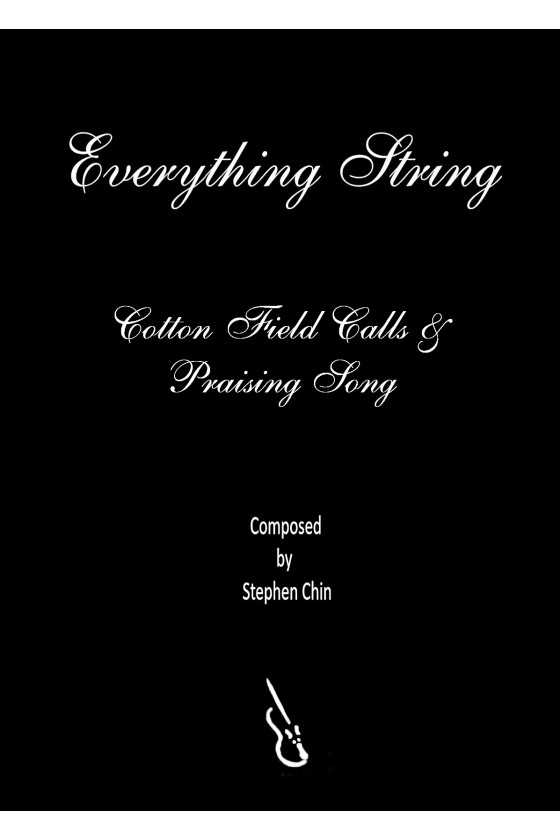Au revoir Budapest by Stephen Chin
As the name suggests, "Good-bye Budapest" is a piece of music that embodies the essence of the traditional Hungarian czardas style. The composition commences with a haunting melody accompanied by languid strings, evoking a sense of deep introspection. The music then changes course and transforms into a frenetic free-for-all, where different orchestra sections take turns showcasing the main theme. The resulting sound is a joyful cacophony that is both exhilarating and awe-inspiring.
The music then turns melancholic with a stunning rendition of the opening melody, played by a solo violin. The trembling upper strings and plucked lower strings create an eerie atmosphere, adding a mysterious element to the work. The return of the czardas brings back the joyous sound in the key of D major, but the section is quickly cut short, and the music concludes with a ferocious presto that leaves a lasting impression.
Overall, "Good-bye Budapest" is a composition that showcases the full range of emotions that music can evoke. This piece has everything from soul-searching to frenzied joy and from melancholy to ferocity.
For String Orchestra Grade 3
